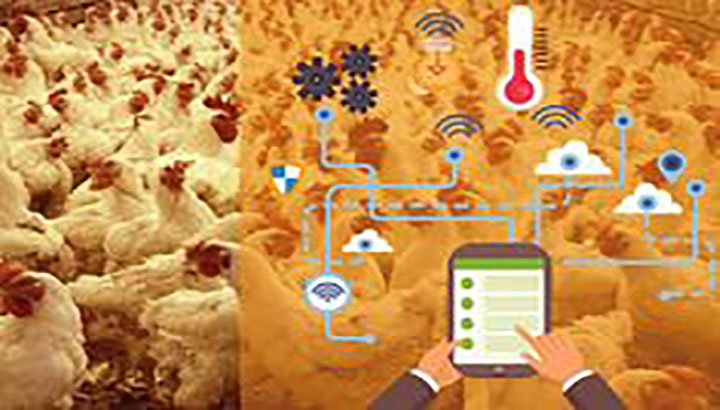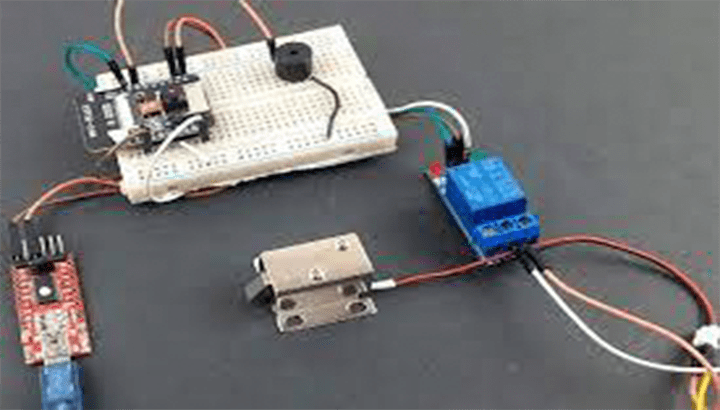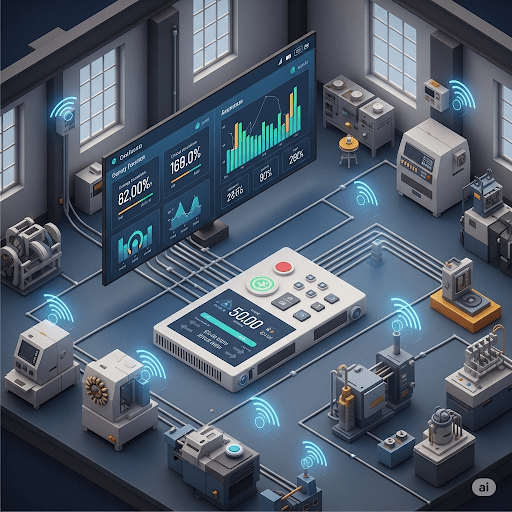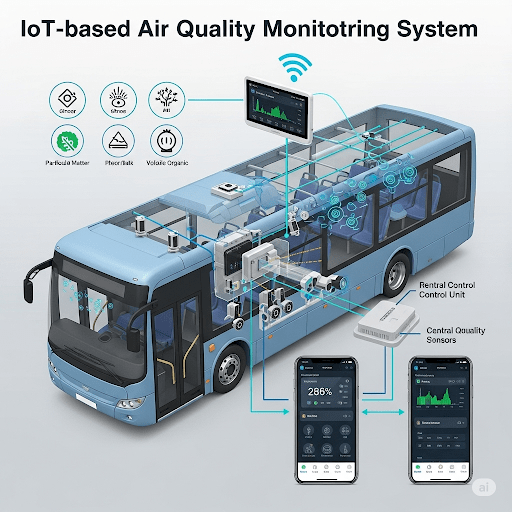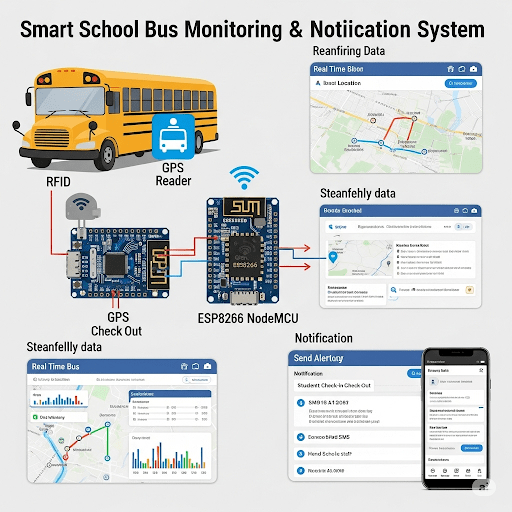Arduino-Powered Proximity Sensing Radar
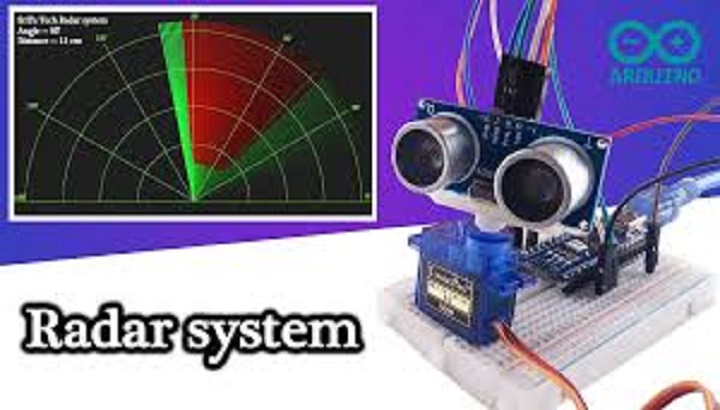
Components and Functions: Arduino Microcontroller: Serves as the central control unit for processing data from the ultrasonic sensor and controlling the output devices. Ultrasonic Sensor: Measures the distance to objects by emitting ultrasonic waves and detecting the reflected signals. Servo Motor: Rotates the ultrasonic sensor to scan the surrounding area, creating a radar-like sweeping effect. LCD Display: Provides a visual interface to display distance readings and object positions. LED: Lights up to indicate the presence of an object within a critical range. Buzzer: Emits a sound to alert when an object is detected within a predefined proximity. Jumpers: Used to connect the components to the Arduino board for communication and power supply.
Operation: The ultrasonic sensor, mounted on the servo motor, rotates to cover a 180-degree area. As it sweeps, it continuously measures distances to nearby objects. The Arduino processes these measurements to determine if an object is within a critical range. If an object is detected, the Arduino triggers the LED and buzzer to provide immediate feedback. The distance and position of the object are displayed on the LCD screen for real-time monitoring.
Applications: This radar system can be used for various applications, including proximity alert systems, obstacle detection in robotics, and basic surveillance systems. It provides a foundation for understanding radar technology and can be expanded with additional features for more complex tasks.
In summary, this project integrates multiple components to create a functional radar system, demonstrating the principles of distance measurement, data processing, and output control using Arduino.
Related project idea for free
Smart Chicken farming IOT Project for farmers
Chicken farming is the most popular farming activity in Rwanda nowadays. As chicken farming is growing, the farmers need to know how they can manage their farming to be more productive; in that case, chicken farmers need to know the condition in which their chickens are growing so that they can i...
Read more>>AUTOMATIC DOOR UNLOCKING SYSTEM USING FACE RECOGNITION - esp32-cam Project IOT
This report describes the design and implementation of automatic door unlocking system using face recognition for the purpose of increasing security and safety. Today we are facing security issues in every aspect. Instead of monitoring that through password or pins unique faces can be made use of as...
Read more>>Smart energy monitoring and control system for traditional factories
Due to the constant use of various electric and electronic loads in homes and businesses, there is a rising demand for electric energy. With the requirement for an immediate rise in electric energy, especially in traditional factories, coupled with its monitoring parameters and control systems, t...
Read more>>IoT-based Air Quality Monitoring System in Public Transport
Public transportation is primarily used by the vast majority of people in low- and middle-income countries for daily activities. Public buses, for instance, are the primary mode of transportation in Kigali (Rwanda), as they are more cost-effective than alternative options including private cars,...
Read more>>Smart school bus monitoring and notification system using RFID, GPS and ESP8266 NodeMCU
While employing technology in the classroom and school administration is the idea behind smart education, there are other aspects of education that also need to be automated. One such aspect is comforting parents while sending their children to school. One major issue in the City of Kigali is the...
Read more>>
